Deep in the bowels of the National Concert Hall Martin Hayes and Barry Douglas are sitting at a table in an empty dressing room. They've just arrived for the launch of the NCH's musical programme for 2017 and 2018. After a few minutes with them it's easy to see why, despite their wildly different artistic backgrounds, they've been brought together to perform on the evening.
Hayes is probably best known as the fiddle player in The Gloaming, the five-piece that has done much to broaden the appeal of Irish traditional music in recent years. Douglas is one of the leading classical pianists of his generation, having won the gold medal at the International Tchaikovsky Competition in 1986 and since played at just about every major concert hall in the world.
Both are intense and passionate performers, driven by what Hayes calls the “moment of no turning back” that defines the experience of being on stage. As they discuss the styles of practice or “musical encampments” that go along with their respective musical traditions, it’s clear that they have far more in common than a glance at their biographies would suggest.
The backgrounds are quite different, but all musicians at a certain point, if you amount to anything at all, are operating on some very similar levels as well
“Certainly the backgrounds are quite different, but I think all musicians at a certain point, if you amount to anything at all, are operating on some very similar levels as well,” Hayes says. “Instinct and feeling and expression, those are universals.”
Hayes echoes a sentiment that seems to run through the NCH programme. Hayes is at its centre, with a residency that will result in three shows over eight months.
The first is with the Martin Hayes Quartet, which grew out of his residency as Irish World Academy Artist as the University of Limerick, and also includes his regular collaborator Dennis Cahill, the Kentucky-born viola player Liz Knowles and the bass clarinettist Doug Wieselman. The show at the concert hall will celebrate the group's first recording, due to be released in the autumn. Further shows, with the Brooklyn Rider string quartet and a series of duo performances, complete the residency.
Douglas will perform alongside the Borodin Quartet in a programme that also incorporates his recent recordings of Brahms's solo piano works.
Bringing these strands of musicianship together, fostering unexpected collaborations, is at the heart of the NCH’s plan for the future, and it’s a strategy that Hayes and Douglas appreciate.
“Obviously it’s a home for classical music, but it’s a home for other things now too,” Hayes says of the concert hall. “It’s nice that traditional Irish music has a place here as well. That’s a change from times past. It’s not just token traditional music: they get behind it in such a way that they create opportunities, create collaborations and help support that.”
They give us the space to put things together that, if you saw it on paper, you'd say, how can that work?
“They give us the space to put things together that, if you saw it on paper, you’d say, how can that work?” Douglas says. “It does work because we’re all musicians, we’re creative and we want to do something together.”
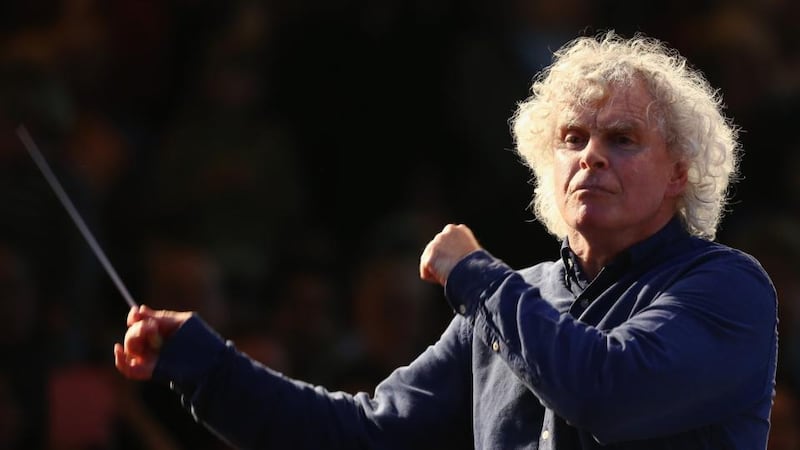
Simon Taylor, the National Concert Hall's chief executive, and the figure behind much of the International Concert Series, says that audience research encouraged the venue to make its wider music programme far more prominent.
“It’s lovely to be seen as the home of classical music, but we really do need to be a broader church than that, and we need to be seen to be a broader church than that,” Taylor says. “So over the last year in particular, but building on the last three or four years of gradually broadening out the programme, we thought, Well, we need to make a bit more of a statement about this.”
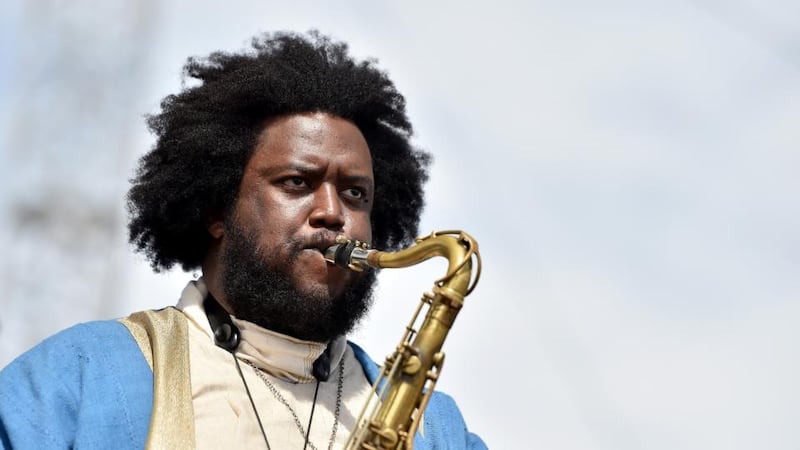
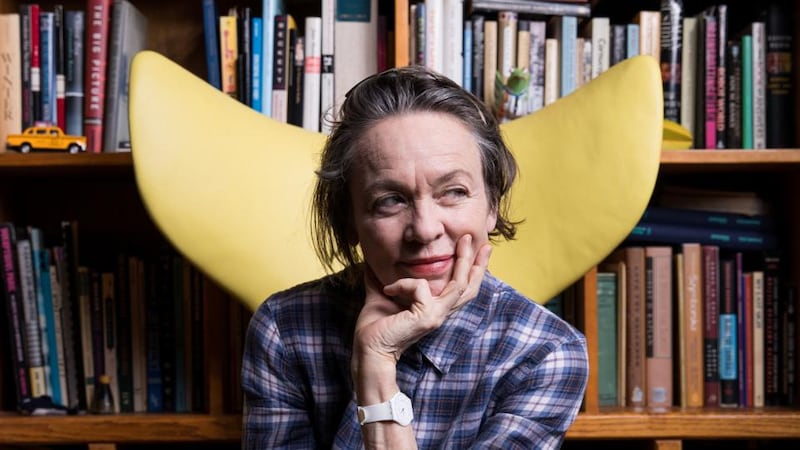
The new season is certainly a statement. The programme is unusually broad, with the traditional International Concert Series – focused on core classical music – complemented by the more contemporary Perspectives series. The latter brings together exciting names from across the musical spectrum. The jazz innovator Kamasi Washington bumps up against the playful avant-gardism of Jenny Hval; indie favourites like Kristin Hersh and Stephin Merritt are contrasted with restless, unpredictable talents like Pat Metheny or Carla Bley. At the top of the bill sits Laurie Anderson, who will perform three distinct concerts in May.
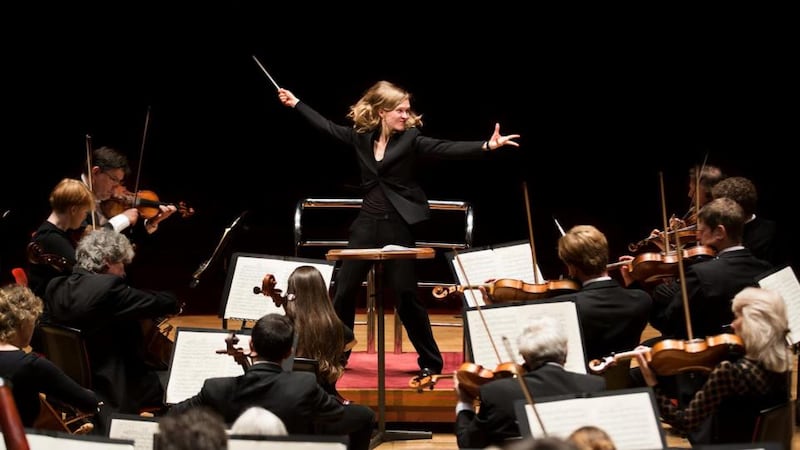
Taylor hopes that these audiences might then stick around to see the London Symphony Orchestra or, led by Mirga Gražinyte-Tyla, the City of Birmingham Symphony Orchestra.
"Whether you're sitting listening to Simon Rattle conducting the London Symphony Orchestra doing a Mahler symphony, or Martin Hayes playing with The Gloaming, something really special can happen," he says. "It's not for me to decide what people's musical tastes should be, but what it is for me to do is make sure we're offering people that really extraordinary experience as much as we can."
The vitality of the venue and the music relies on getting younger people involved, as audience members and as performers; Perspectives is key to this. In recent years the NCH has opened up some of its smaller rooms, welcoming everyone from singer-songwriters to Chamber Choir Ireland, in order to make the vast site more familiar and welcoming. As Taylor admits, the venue's grand facade and institutional standing don't always work in their favour.
If you're not used to it, it does look a little imposing. So getting people through the door for the first time is a really big thing
“That historic-building thing is a double-edged sword,” he says. “On the one hand people love to have that sense of occasion: they feel this building is rather special; it’s a special place to play. But at the same time, as you approach it from the outside, if you’re not used to it, it does look a little imposing, a little bit officious looking. So getting people through the door for the first time is a really big thing.”
Innovative and adventurous threads have long run through both classical and traditional music. Alongside people like Andy Irvine and Donal Lunny, Hayes has been at the heart of that development in the past few decades. For him Irish traditional music is rich and strong enough to support itself even as it intermingles with other forms, other cultures, other traditions.
“I think it’s important for traditional music to not exist inside a ghetto of its own self-reference,” he says. “Traditional music is well capable of expressing itself universally, without need for interpretation, or without need for knowledge of the cultural background – the history of the music, even. That has always been important to me, that the music is universal. It’s a simple music form, but the issues of making it come alive, making it expressive, are universal challenges for all musicians.”
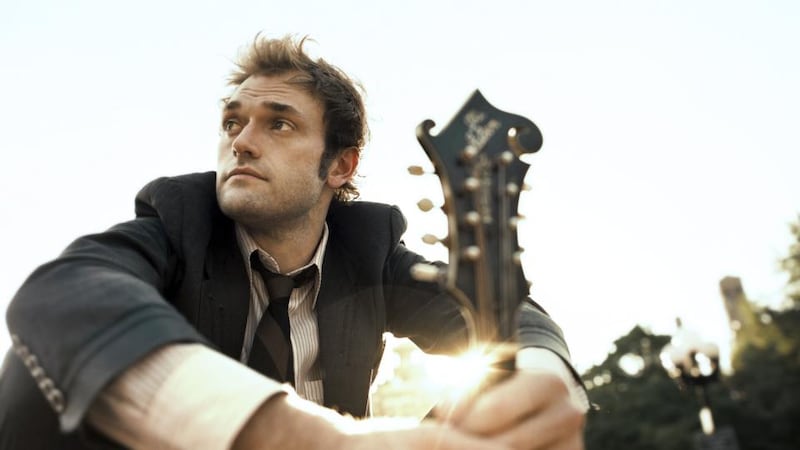
"What Martin says of traditional music is equally true of classical music," Taylor adds. "We can be so respectful of the great tradition of 'western classical music' that it almost becomes embalmed or set in aspic. You've got to play Bach in a certain way, you've got to play Beethoven in a certain way. Just recently we had Chris Thile here – a solo mandolin recital – essentially a bluegrass player originally. He comes on stage and he goes from singing Radiohead, playing bluegrass, straight without a break into playing a Bach solo violin partita. I think someone like that playing it, that's where the hope lies for classical music in the future."











